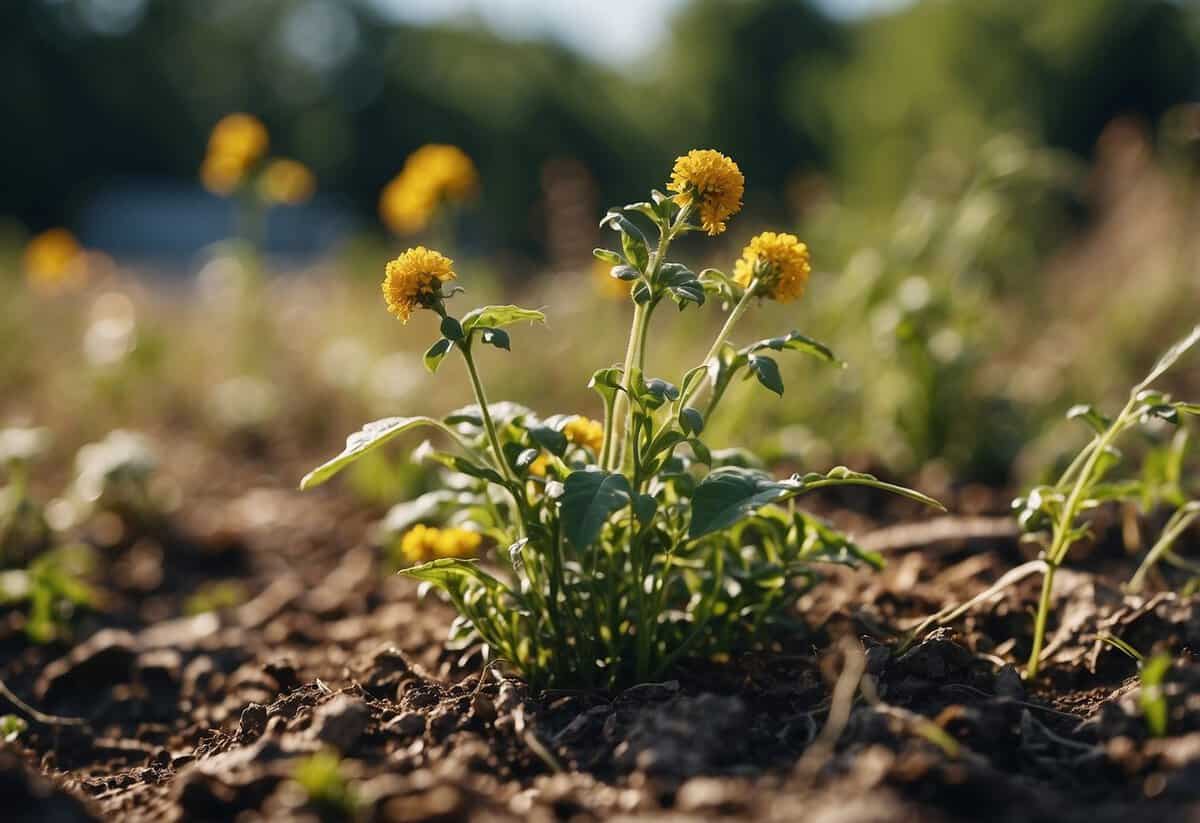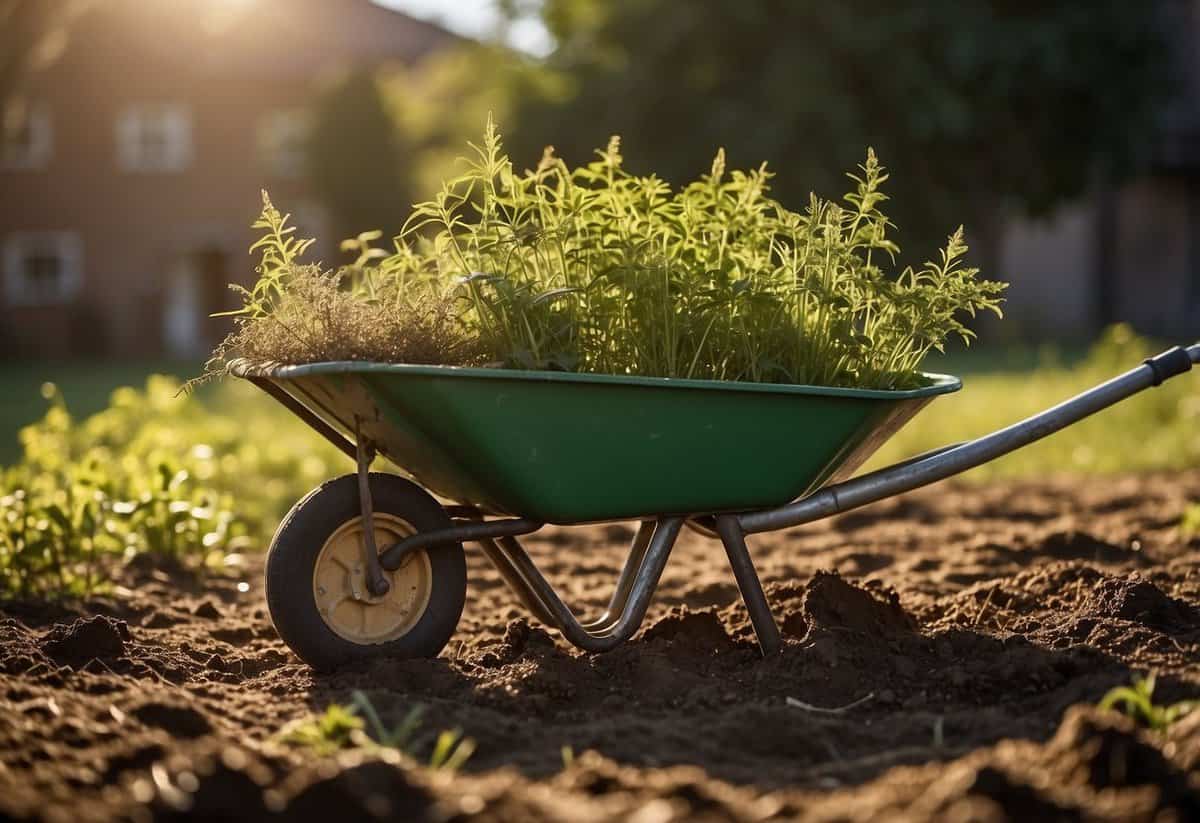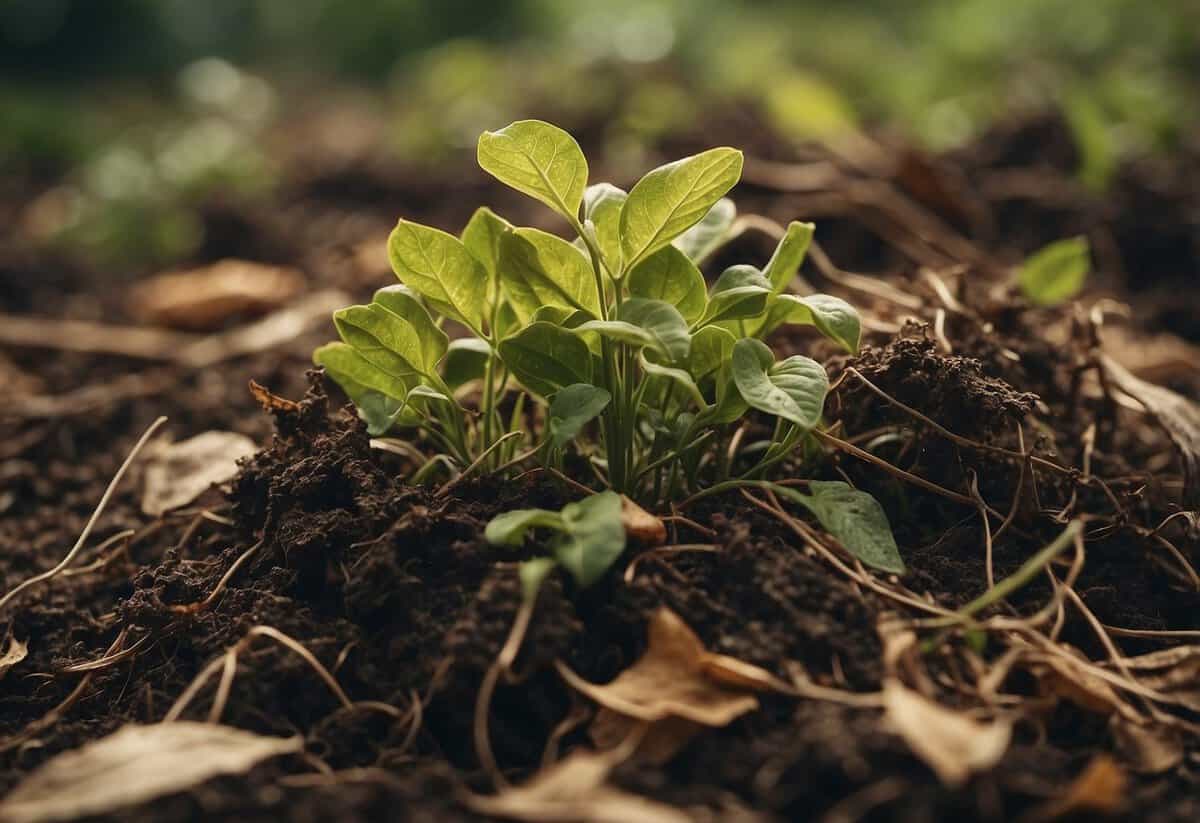What Are the Weaknesses of Gardening? Uncovering the Drawbacks
Gardening can be a relaxing and rewarding hobby, but it does come with its share of challenges. One significant weakness of gardening is the amount of time and effort it demands. From weeding and watering to protecting your plants from pests, it requires constant attention.

You might also face physical exhaustion, especially if you have a large garden. Tasks like digging, lifting heavy objects, and using various tools can be strenuous. This could lead to fatigue or even injuries if you’re not careful.
Additionally, gardening can be expensive. Between buying seeds, tools, fertilizers, and potentially pest control solutions, the costs can add up quickly. It’s essential to weigh these potential downsides to ensure gardening is a suitable hobby for you.
Physical Strain of Gardening

Gardening can be a fulfilling activity, but it often comes with physical challenges. You might experience injuries or back pain from repetitive actions and spend time under the sun, leading to possible health risks.
Risk of Injuries and Back Pain
When you garden, you often engage in repetitive tasks like digging, pruning, and lifting. These activities can lead to muscle and tendon strain. Common areas affected include the wrists, elbows, and lower back. For instance, gripping pruning shears repeatedly can cause tendonitis.
Back pain is another common issue. Tasks that require bending or crouching can put a lot of strain on your lower back. To reduce discomfort, it’s important to use ergonomic tools and practice good posture. You might also benefit from stretching before and after gardening to keep your muscles flexible and reduce stiffness.
Sun Exposure and Related Health Risks
Gardening often means spending long hours outside, which exposes you to the sun. While sunlight helps your body produce vitamin D, too much exposure can be harmful. Prolonged time under the sun increases the risk of skin-related issues like sunburn and skin cancer.
To protect yourself, wear sunscreen with a high SPF, even on cloudy days. Clothing like wide-brimmed hats and long sleeves can also shield your skin. In addition, try to garden during the early morning or late afternoon when UV levels are lower. Drink plenty of water to stay hydrated, especially during hot days.
Gardening Challenges

Gardening involves several challenges including dealing with annoying weeds and pests, and managing water and nutrients effectively. These issues can impact the success of your garden, but with the right strategies, you can address them.
Battling Weeds and Pests
Weeds compete with your plants for water, nutrients, and sunlight. Common weeds like wire grass, crab grass, and creeping charlie can quickly take over. Using black plastic mulch and organic mulch helps control weeds by blocking sunlight and hindering their growth. Regular weeding prevents weeds from taking root.
Pests such as aphids, slugs, and ticks can harm plants and pose health risks, including infections like tetanus. Natural pest control methods, like introducing beneficial insects (e.g., ladybugs to eat aphids) and using organic repellents, can help keep your garden healthy.
Preventive Measures:
- Mulching: Applying layers of mulch to suppress weed growth.
- Natural Predators: Encouraging beneficial insects to prey on harmful pests.
- Physical Barriers: Using row covers to protect plants from insects.
Watering and Nutrient Management
Proper watering is crucial for plant health. Too much water can drown roots, and too little can cause plants to wilt. Installing a drip irrigation system ensures efficient use of water, providing plants with the right amount without wastage.
Nutrient management is vital for growth. Nutrient deficiencies can lead to weak plants prone to disease and failure. Regularly testing soil and using organic fertilizers like compost or manure helps maintain nutrient levels.
Key Tips:
- Consistent Watering: Watering plants early in the morning or late afternoon to minimize evaporation.
- Soil Testing: Checking soil pH and nutrient levels for optimal plant growth.
- Organic Amendments: Adding compost or manure to enhance soil fertility.
By tackling these common gardening challenges, you can create a thriving and productive garden.
Time and Effort Requirements

Gardening can be relaxing and satisfying, but it demands significant time and effort. Understanding the time investment needed for effective garden maintenance is key.
Time Investment for Garden Maintenance
Maintaining a garden requires consistent effort, especially if you want healthy plants and plentiful harvests. You’ll need to dedicate time weekly, sometimes daily, to tasks such as watering, weeding, and pruning.
Raised beds can help reduce some workload since they are easier to manage and can be more productive. However, even raised beds need regular attention. Expect to spend several hours each week just on basic upkeep.
Choosing plants that are native to your region or are drought-resistant can save you time on watering. Tools like automatic watering systems can also lessen your time commitments.
Despite being hard work, many find gardening deeply satisfying. It’s important to assess how much time you can realistically invest before starting. This way, you can plan a garden that fits your schedule and lifestyle. For more tips, you can check out lazy gardening tips.
Mental Health Implications

Gardening can be a relaxing hobby, but it also carries certain mental health challenges. These include the overwhelming responsibility of maintaining a garden and the impact of failure on your mental well-being.
Overwhelming Responsibility
Taking care of a garden involves regular maintenance, which includes watering, weeding, and pest control. This can quickly become overwhelming, especially if you have a large garden or many different plants. The constant need for attention can add stress rather than serve as an escape.
If you are not confident in your gardening skills, the responsibility can lead to anxiety. Worrying about whether your plants are thriving can become a constant source of stress. This mental burden can outweigh the relaxing aspects of gardening.
Balancing the demands of gardening with other life responsibilities can also be challenging. If you already have a busy schedule, adding gardening tasks may lead to burnout.
Failure and its Impact on Mental Well-Being
Gardening success is not guaranteed. Plants can die due to pests, disease, or improper care. These failures can significantly impact your mental well-being, causing feelings of inadequacy or depression.
When plants don’t grow as expected, it can lead to negative emotions and self-doubt. For some, this might exacerbate existing mental health issues such as anxiety or depression.
Regular failures can create a sense of hopelessness, making you less likely to engage in gardening and other activities. Learning from mistakes is essential, but repeatedly encountering failures can be disheartening and lead to chronic stress.
Health Benefits Versus Risks

Gardening offers numerous health benefits, like moderate exercise and stress reduction. However, it also presents health risks due to injuries or exposure to harmful substances.
Gardening as a Moderate-Intensity Exercise
When you garden, you’re engaging in activities that count as moderate-intensity exercise. Digging, planting, and weeding all work your muscles and help with overall fitness.
This kind of activity can lower your risk of heart disease, obesity, and osteoporosis. Regular gardening can also improve your immune system, reducing your chances of illnesses.
Furthermore, staying active through gardening can prevent conditions like dementia by keeping your brain engaged. These exercises help maintain a healthy weight and reduce the risk of chronic diseases like cancer.
Potential Health Threats
While gardening is beneficial, it has some health risks. Physical injuries, such as back pain, are common due to bending or lifting heavy objects.
You might also face exposure to pesticides or plant-related allergies. Cuts and scrapes from tools or thorny plants could lead to infections if not properly treated.
Another risk is overexposure to the sun, which could increase your chances of skin cancer. Plants like poison ivy can also cause rashes or other skin problems. Being aware of these risks can help you enjoy the benefits of gardening while staying safe.
Legal and Community Considerations

Getting your community garden started involves understanding local laws and engaging with residents. By focusing on legal constraints and community support, you can ensure a smooth and successful gardening experience.
Navigating Local Garden Laws
When starting a community garden, one of your first steps should be to check local regulations. Many cities have specific rules about land use, water access, and garden management.
Consult with local authorities to get necessary permits. Some areas may have zoning laws that limit where you can garden. It’s also essential to understand rules about pesticide use and water conservation.
Getting advice from a local law center or community guide can be valuable. Knowing these regulations helps you avoid legal issues and ensures your garden complies with all rules.
Gardening Tips and Strategies for Success
Once legalities are settled, focus on fostering community involvement. Create a clear plan and involve residents in the decision-making process. Community support is crucial for the garden’s success.
Consider these tips for a thriving garden:
- Vertical Gardening: Utilize walls and fences to grow plants vertically.
- Container Gardening: Use pots or raised beds, which can be more accessible and manageable.
- Compact Varieties: Choose compact versions of vegetables and herbs to save space and optimize growth.
Check out strategies from community gardening guides for more tips. By involving the community and using smart gardening tactics, you set the stage for a sustainable and productive garden.







